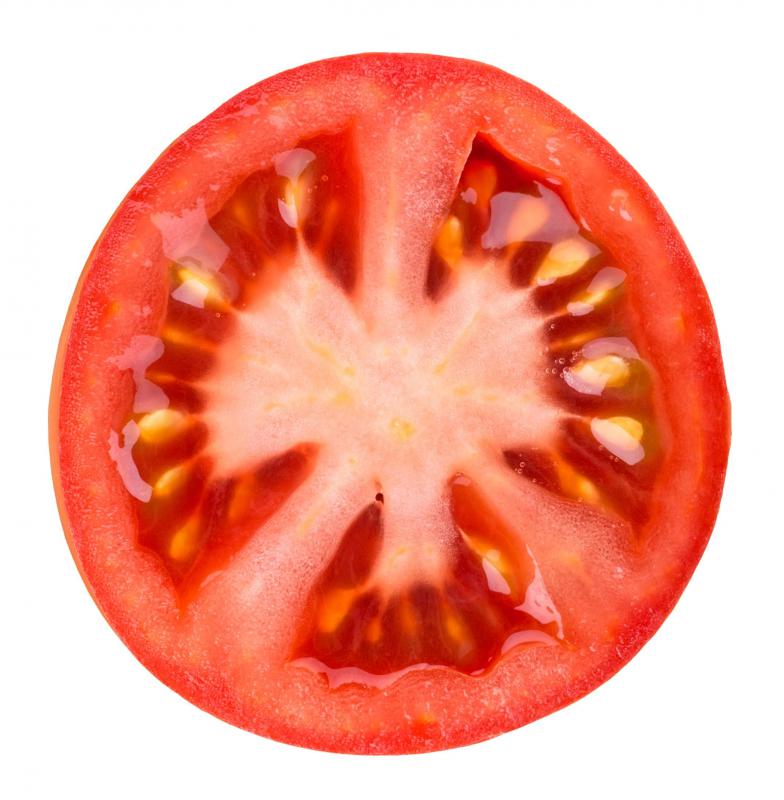At WiseGEEK, we're committed to delivering accurate, trustworthy information. Our expert-authored content is rigorously fact-checked and sourced from credible authorities. Discover how we uphold the highest standards in providing you with reliable knowledge.
What Is Histamine Intolerance?
People with a histamine intolerance experience symptoms similar to an allergic reaction when they consume foods that contain high levels of histamine. The body naturally produces enzymes that help break down histamine, but those with a histamine intolerance have lower levels of these enzymes. Since the body cannot break down histamine properly and quickly if it does not have enough of these enzymes, high levels of histamine can accumulate, leading to many different symptoms.
The most common side effects of histamine intolerance are hives, nasal congestion, facial swelling, headaches, diarrhea, and heartburn. Some people experience more severe symptoms, including increased heart rate, chest pain, asthma attacks, or panic attacks. These symptoms can be indicative of many other conditions other than histamine intolerance, so the condition may be difficult to diagnose. Symptoms usually appear as histamine gradually builds up in the body, so doctors who suspect a patient has a histamine intolerance will usually place the patient on a low-histamine diet for several weeks to see if the symptoms improve after ruling out more serious conditions.

A histamine-free diet is the main form of treatment for patients diagnosed with a histamine intolerance. It is important for patients to tell their doctors about any medications they currently take, since some drugs can negatively affect the function of the enzymes that metabolize histamine. Vitamins C and B6 are also helpful because they encourage diamine oxidase, one of the main enzymes responsible for breaking down histamine. Over-the-counter and prescription anti-histamines are helpful for patients with an intolerance since they can help reduce symptoms and may prevent symptoms if the patient eats a food high in histamine by mistake.

Processed and fermented foods are the largest group of histamine-rich foods and should be avoided entirely by those with an intolerance. Fermented cheeses, soy sauce, and fermented vegetable products, such as sauerkraut, can all trigger symptoms. Many meats, poultry products, and fish are also high in histamine, and chicken, shellfish, sausage, and ham are the main offenders.

Spinach and tomato contain high levels of histamine, but most other fruits and vegetables are safe. Patients on strict histamine-free diets should also avoid citrus fruits. These fruits do not actually contain histamine, but they can cause the body to naturally release more histamine.
Red wine contains high levels of histamine and should be avoided by patients with a histamine intolerance. In addition, any type of alcohol can decrease the activity of diamine oxidase. Patients should avoid alcohol entirely if they still experience intolerance symptoms after cutting histamine-containing foods and red wine from their diets.
AS FEATURED ON:
AS FEATURED ON:













Discuss this Article
Post your comments